Is Rhinoplasty in London the Right Choice for You?
Recent statistics have indicated that rhinoplasty in the UK continues to rank among the sixth most popular cosmetic surgeries among men and women. This is reported by the British Association of Aesthetic Plastic Surgeons (BAAPS).
This popularity can be attributed to various factors, including the global trend towards self-expression and the pursuit of personal aesthetic ideals has propelled rhinoplasty to the forefront of cosmetic surgery. But before deciding on whether rhinoplasty in London is the right choice for you or not, there are several crucial aspects to consider, which we will be covering in this article.

What is rhinoplasty?
Rhinoplasty, often referred to as a “nose job,” is a cosmetic surgical procedure involving the shape of the nose. It has gained remarkable popularity, not only as a means of enhancing one’s facial appearance but also as a way to improve nasal breathing and overall well-being. This intricate procedure involves nose reshaping and nasal bones. As the quest for aesthetic and functional improvements to the face continues to grow, the decision to undergo rhinoplasty carries significant weight and importance.
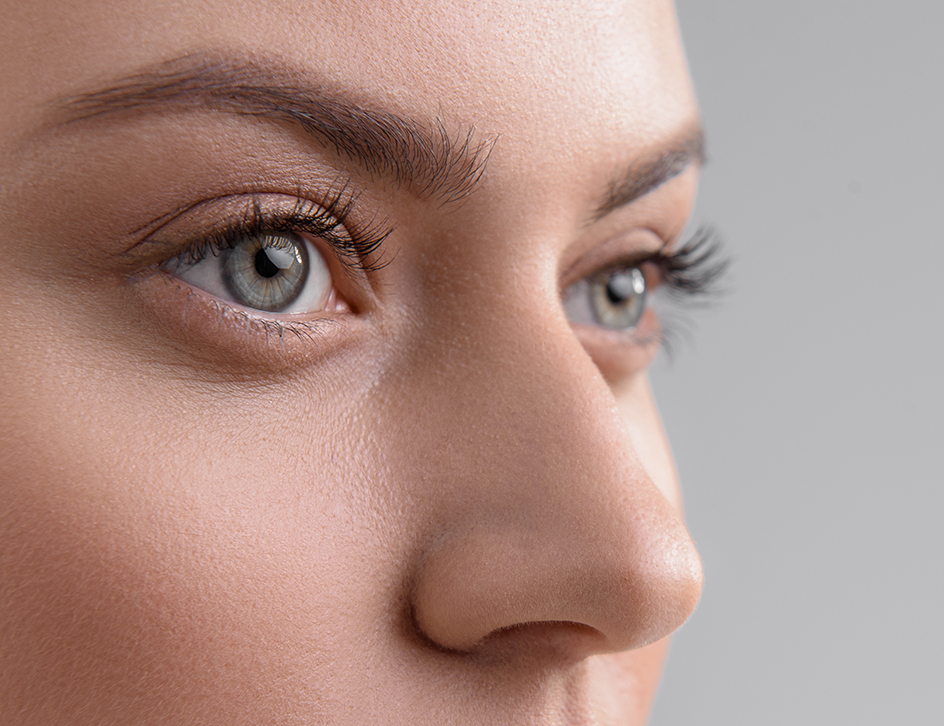
Differentiating between open and closed rhinoplasty techniques
Two primary techniques are employed in most rhinoplasty procedures across London: open and closed. The choice between these techniques depends on the patient’s specific needs and the surgeon’s expertise.
Open rhinoplasty
In open rhinoplasty, an external incision is made along the columella, or nasal tip, which allows the surgeon a clear view of the nasal structure. This technique is often preferred for more complex cases, as it provides better access for intricate adjustments.
Closed rhinoplasty
Closed rhinoplasty involves incisions made solely within the nostrils. While this technique leaves no external scars, it may have limitations in terms of visibility and access. Closed rhinoplasty is typically chosen for less complex procedures.
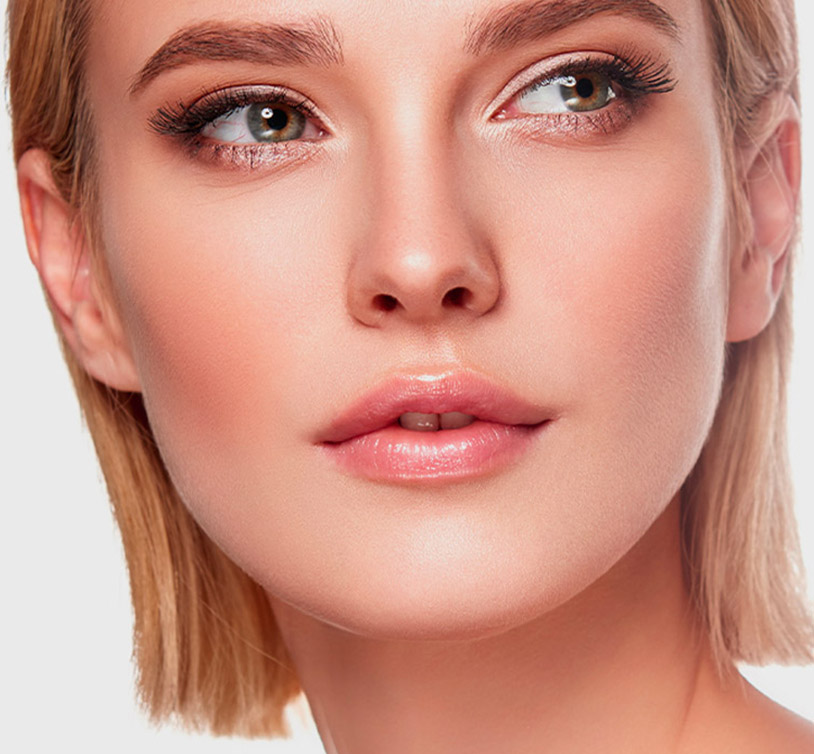
Who could benefit from rhinoplasty?
Rhinoplasty can offer a range of benefits to individuals seeking to address various concerns related to the appearance and functionality of their noses. This section explores who might consider rhinoplasty and the potential reasons behind their decision.
Correcting congenital abnormalities: Rhinoplasty is a viable option for those born with congenital abnormalities, addressing birth defects and irregularities in the nose.
Enhancing appearance: Individuals looking to enhance their overall facial appearance often opt for rhinoplasty to achieve the desired aesthetic balance.
Improving nasal function: A deviated septum, which can lead to blocked nasal passages, is another common reason for rhinoplasty. It might involve reshaping the male and female nose, fixing a crooked nose, or aligning the bridge of the nose.
Facial fracture repair: Rhinoplasty plays a crucial role in the repair of facial fractures and nose injuries, such as a broken nose, ensuring that the nose is restored to its original form.
Restoring breathing function: Rhinoplasty procedure is also instrumental in restoring breathing function, which may be impaired due to diseases, cancer treatments, traumatic injuries, or burns.
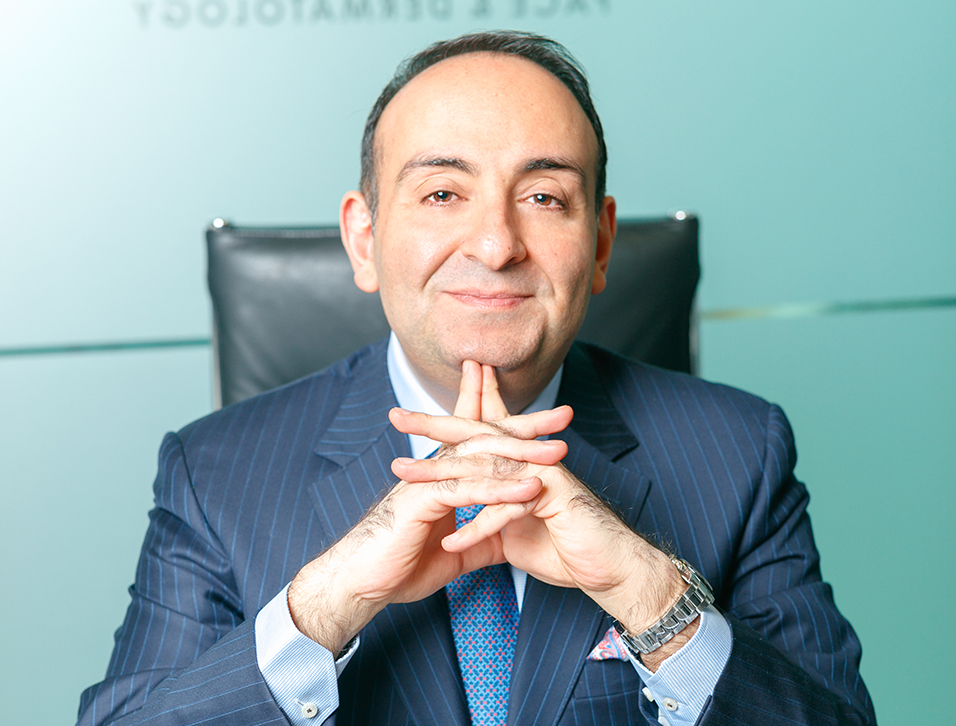
Outcomes and benefits of rhinoplasty surgery
Rhinoplasty is a versatile surgical procedure designed with a range of potential outcomes that can significantly improve the appearance and function of the nose. It can address a variety of aesthetic concerns, such as noses that appear bulbous, upturned, hooked, or droopy.
- Those with a deviated septum can experience relief through rhinoplasty, as it helps correct this issue.
- The nose reshaping procedure can modify the size and orientation of nostrils, whether they are too wide, too small, too large, or turned upward.
- Notable dips or bumps on the bridge of the nose can be smoothed out through rhinoplasty.
- Rhinoplasty can make the nose smaller or larger to enhance overall facial harmony and balance.
- By opening blocked nasal passages, a rhinoplasty procedure can enhance breathing function, providing relief to those with respiratory issues.
The decision to pursue a rhinoplasty procedure should align with the individual’s health, goals, and motivations, ensuring a satisfying and successful outcome.

Understanding what to expect in a rhinoplasty surgical procedure
As you already know, your rhinoplasty process is a complex procedure. Regardless of the type of rhinoplasty choice you make, it is extremely important that you know what to expect before, during, and after your rhinoplasty procedure.
Anesthesia options
Rhinoplasty in London is a highly personalised procedure tailored to each individual’s unique anatomy and goals. Before the surgery, anaesthesia is administered to ensure your comfort and safety. The type of anaesthesia used depends on the complexity of the procedure, the patients wellbeing and the surgeon’s preference.
Local anaesthesia with sedation
- Often used in outpatient settings.
- Local anaesthesia is applied to the nasal tissues to numb the area.
- Sedation is administered through an intravenous (IV) line, inducing a groggy but not fully asleep state.
General anaesthesia
- Administered by breathing in an anaesthetic or through an IV line.
- Induces complete unconsciousness and a breathing tube may be used.
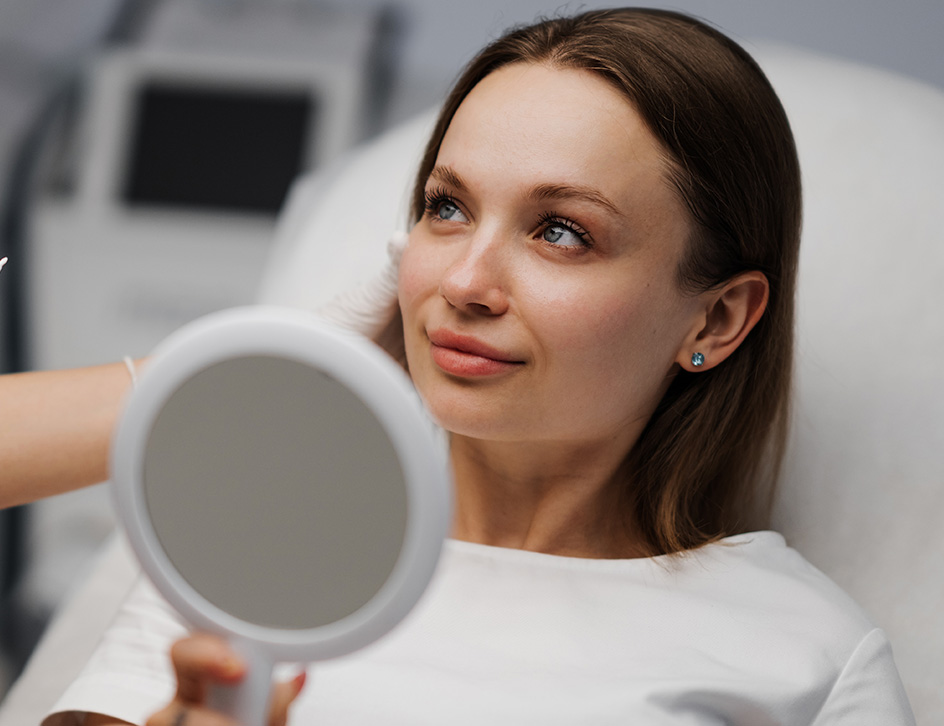
Nose surgery procedure
Rhinoplasty can be performed through two primary methods, either within the nose or through a small external incision at the base of the nose, depending on the patient’s specific needs.
Reshaping the nasal structure
- The bones and cartilage in the nose can be altered in various ways to achieve the desired outcome.
- The choice of approach and materials used depends on the extent of the changes, the natural structure of the nose, and the available resources.
- For minor adjustments, cartilage may be sourced from within the nose or the ear.
- Larger changes may involve cartilage from the rib, implants, or bone from other parts of the body.
- Once these changes are made, the skin and tissue are carefully repositioned, and the incisions are sutured.
Correcting a deviated septum
- A deviated septum, a common issue, can lead to breathing difficulties.
- Rhinoplasty offers an opportunity to straighten the septum, improving breathing and overall nasal function.
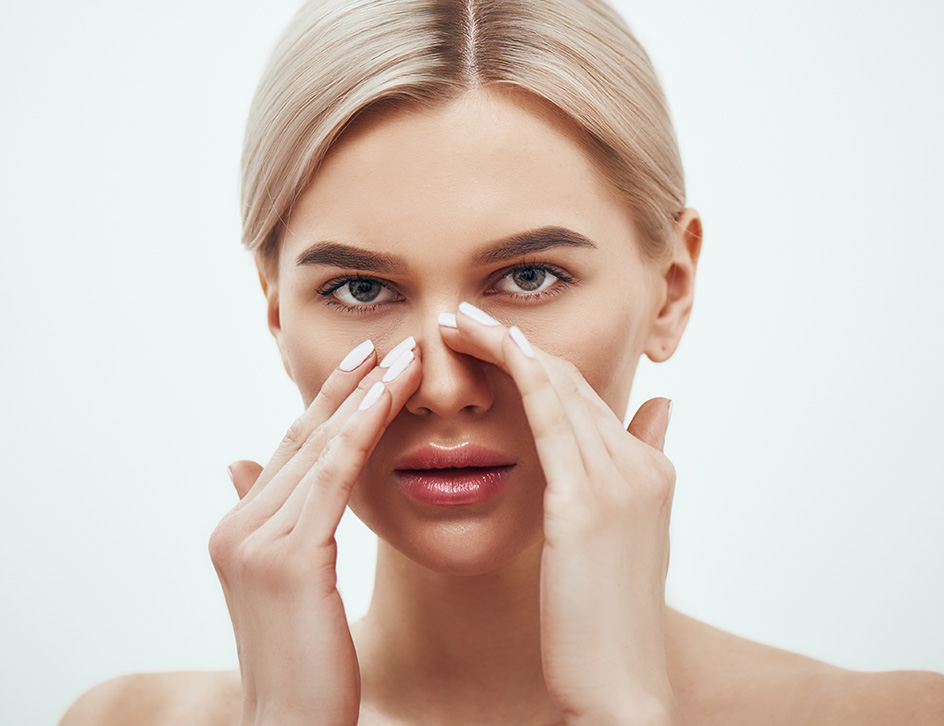
Post-operative care and recovery
After the procedure, a crucial phase begins, focusing on recovery and ensuring the best possible results.
Initial recovery process
- Following rhinoplasty surgery, you’ll be monitored in a recovery room as you awaken from anaesthesia.
- Depending on your health status, you may be discharged on the same day or stay overnight.
Managing swelling and discomfort
- To minimise bleeding and swelling, it’s vital to rest with your head elevated higher than your chest.
- Swelling and congestion may occur, partly due to internal splints placed during the surgery.
Bandages and splints
- Internal bandages typically remain in place for 1 to 7 days post-surgery.
- A splint may be secured to your nose to provide protection and support, typically worn for about a week.
Addressing drainage and bleeding
- Expect some bleeding and mucus drainage in the days following rhinoplasty surgery or after dressing removal.
- A small gauze pad, held in place with tape, may be placed under your nose to absorb drainage.
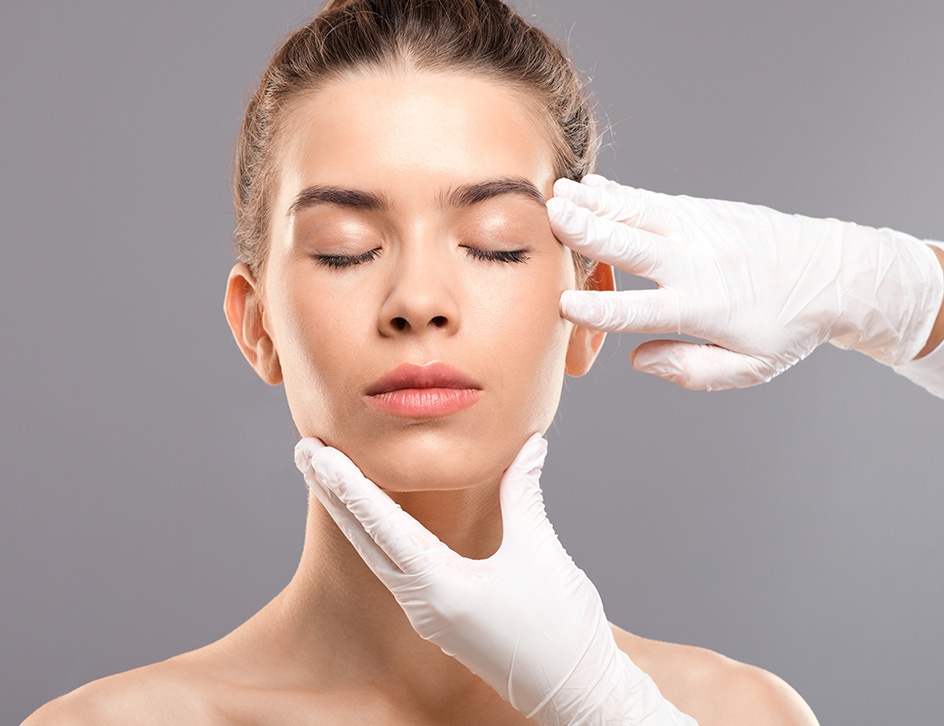
Post-operative instructions
To minimise bleeding and reduce swelling afterwards, it’s essential to adhere to specific instructions for several weeks post-surgery, such as:
- Avoiding strenuous physical activities.
- Opting for baths instead of showers while bandages are in place.
- Refraining from blowing your nose, sneezing with your mouth open, and certain facial expressions.
- Consuming high-fibre foods to prevent constipation, which can exert pressure on the surgical site.
- Gently brushing your teeth to minimise upper lip movement.
- Wear front-fastening clothing to avoid pulling items over your head.
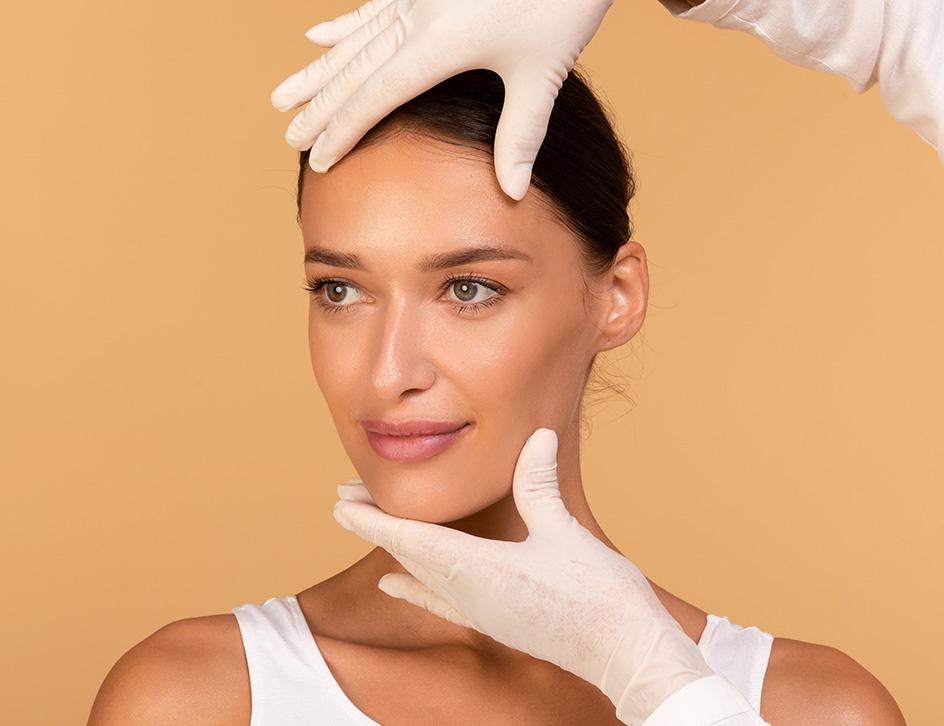
Long-term care and expectations
After rhinoplasty, it’s essential to follow long-term care practices for rhinoplasty patients for the best results.
Nasal rest and sun protection
- For at least four weeks post-surgery, avoid resting eyeglasses or sunglasses on your nose, as they may exert pressure.
- Use SPF 30 sunscreen, particularly on your nose, when outdoors to prevent permanent discolouration.
Swelling and healing
- Short-term swelling and discolouration of the eyelids may occur for 2 to 3 weeks post-surgery.
- Nasal swelling can persist longer, even up to a year, which can be reduced by maintaining a low-sodium diet.
Ongoing changes
- Understand that your nose may change throughout your life, with or without rhinoplasty surgery.
- Final results can be challenging to predict, but most of the swelling typically subsides within a year.
It’s essential to follow your surgeon’s guidance closely to ensure a safe and successful outcome, whether you seek aesthetic improvements, functional enhancements, or both.
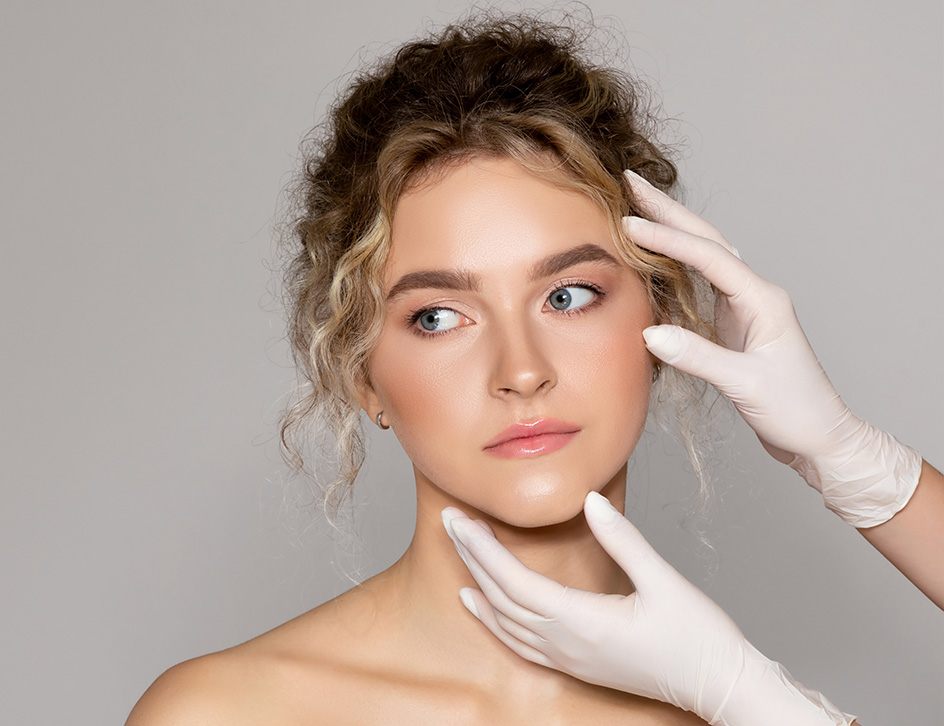
Managing pain and recovery after rhinoplasty surgery
Rhinoplasty, like any surgical procedure, comes with a natural concern about post-operative pain and the duration of the recovery process. Before you make your choice, let us help you explore what you can anticipate in terms of pain and the timeline for recovery following rhinoplasty.
Post-rhinoplasty pain
Following your rhinoplasty surgery, pain levels are generally manageable, thanks to the use of long-acting numbing agents administered by your surgeon during the procedure. You should experience only mild to moderate pain or discomfort in the initial stages of recovery.
- Pain management: Over-the-counter pain relievers, as directed by your healthcare provider, can be used to ease any discomfort. These are typically sufficient to alleviate pain, helping you through the early days of recovery.
- Pain duration: The post-operative pain is expected to diminish significantly within a few days to a week after surgery. It’s essential to follow your surgeon’s guidance regarding pain management to ensure a comfortable recovery process.
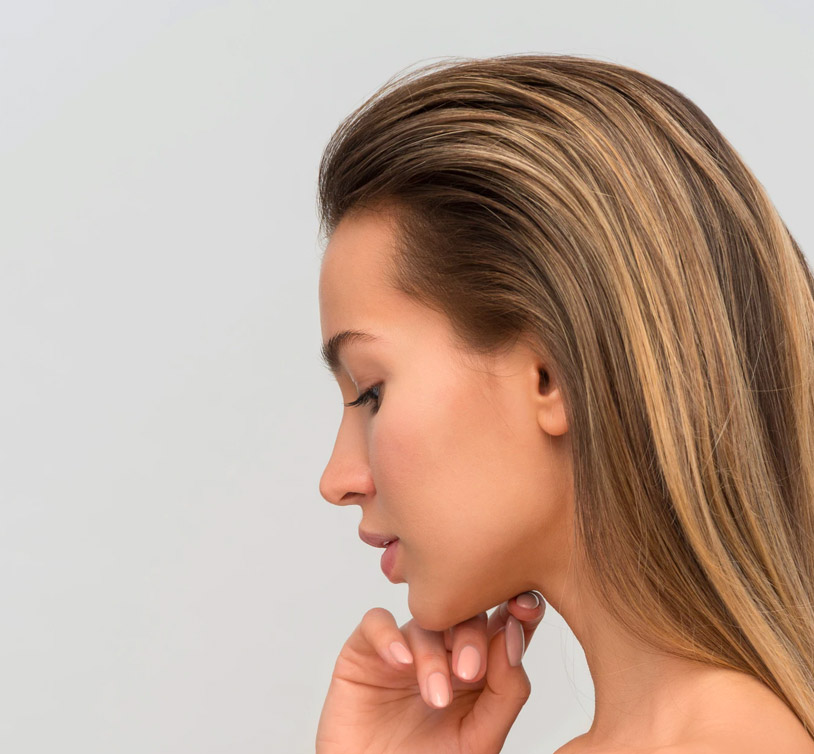
Rhinoplasty recovery timeline
Rhino tip surgery is a gradual process, and it’s essential to understand the timeline to set realistic expectations. In the first four to six weeks post-surgery, you can anticipate noticeable swelling and bruising as well as visible scarring. This is entirely normal and part of the healing process. The swelling slowly subsides during this initial phase.
Between three months and a year after your surgery, your nose is still in the healing process. Some degree of swelling and bruising may persist during this time. It’s important not to be discouraged by this, as your nose is gradually evolving and settling into its final form.
It’s crucial to be patient. You can expect to see the full results of your rhinoplasty once your nose has completely healed, which typically occurs after one year. During this time, your nose undergoes subtle changes as it refines and adjusts.
The recovery timeline may vary from person to person, depending on various factors, including medical history, the extent of the procedure and individual healing processes.
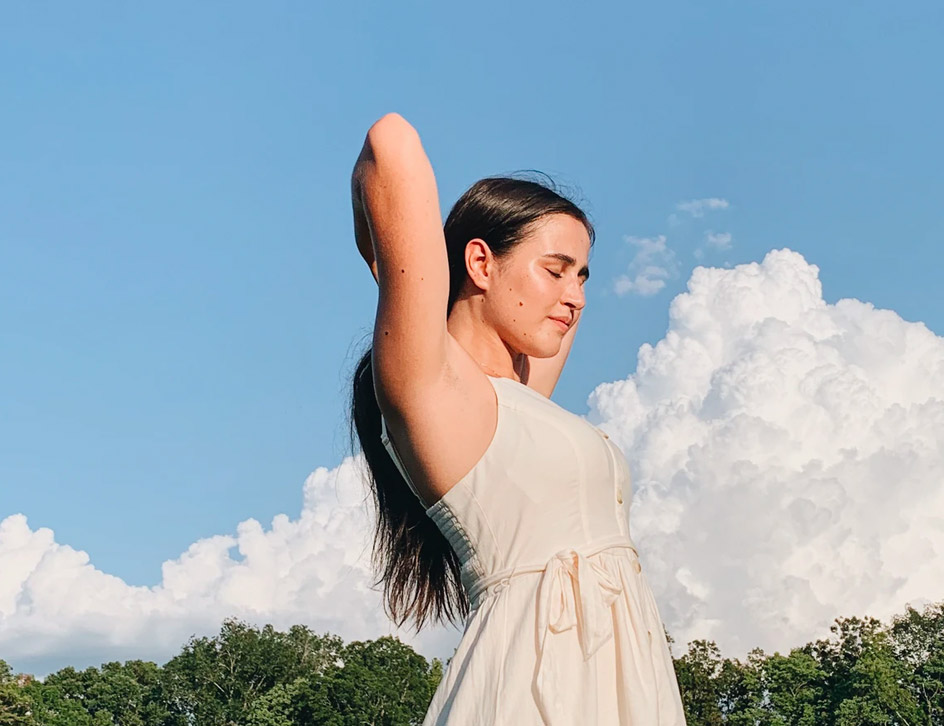
The longevity of rhinoplasty
Rhinoplasty surgery, often sought for its transformative effects, is a permanent alteration to one’s facial features and nasal tip. The outcomes of this surgical procedure are designed to last a lifetime, delivering lasting enhancements to the nose’s aesthetics and function.
However, it’s crucial to keep in mind that individual preferences and changes over time may lead some individuals to consider a secondary rhinoplasty, also known as revision surgery, to fine-tune the results and align them with evolving expectations. This secondary rhinoplasty nose procedure can address any cosmetic adjustments that may be desired once the initial healing process is complete.
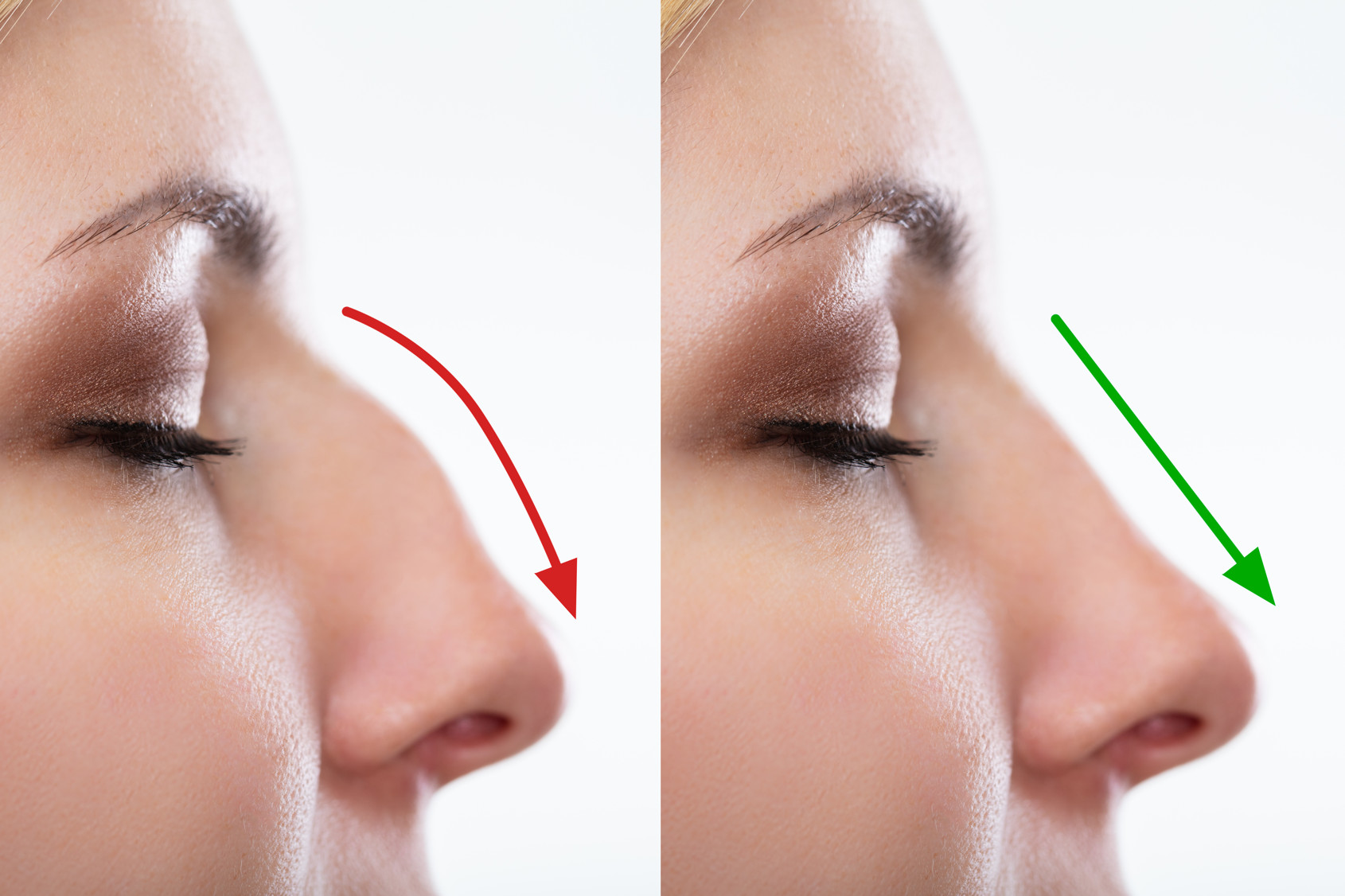
Considering rhinoplasty London
Rhinoplasty surgery is a transformative surgical procedure, and the specific approach taken depends on individual needs, anatomical factors, previous injuries, or revisions from prior surgeries. The decision between an open or closed rhinoplasty technique is a collaborative one, determined during a thorough initial consultation and a physical examination with your consultant.
Aesthetic transformation
Rhinoplasty is a cosmetic surgery that has the power to enhance not only the shape of the nose but the entire facial appearance. Mr Golchin, a rhinoplasty surgeon, ensures that patients have a comprehensive understanding of the potential results. Prior to treatment, a 3D photography session captures the full face, offering patients a realistic visual of the anticipated outcome of the nose restructuring surgery.
Non-surgical nose contouring
For those seeking minimal contouring or exploring a non-permanent option before committing to preservation rhinoplasty surgery, Mr Golchin provides non-surgical rhinoplasty with fillers. This approach serves as a valuable pre-surgical visualisation for patients who might consider surgical rhinoplasty procedures in the future. To explore these non-surgical options further, patients can discuss with Mr Golchin during a consult in our London clinic.
Rhinoplasty, whether surgical or non-surgical, holds the potential to transform your facial aesthetics. Under the expert care of plastic surgeons such as Mr Golchin, you are not only well-informed but also provided with a personalised approach to meet your unique needs and goals. Making the decision to embark on a rhinoplasty journey with Mr Golchin can lead to a confident, enhanced, and harmonious facial appearance.
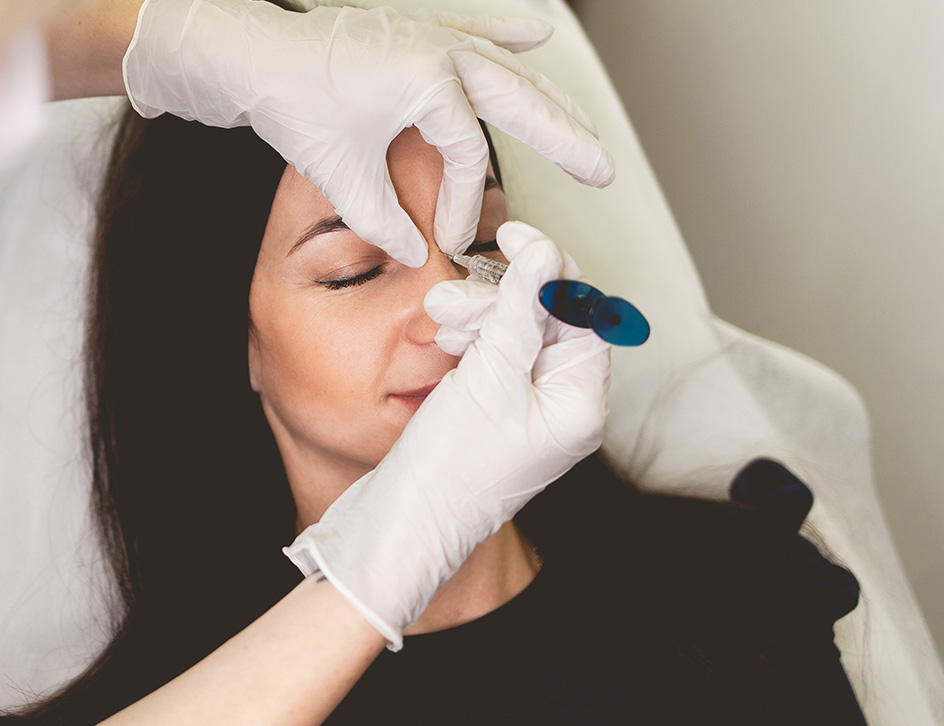
Final words
In conclusion, whether you’re seeking to enhance your facial aesthetics, address functional concerns, or explore non-surgical options, rhinoplasty in London with Mr Golchin offers a path to your desired outcome. The expertise, comprehensive consultations, and cutting-edge approaches make it a choice worth considering. If you are looking for reliable nose surgery in London at an affordable rhinoplasty cost, book your consultation now.
Your journey to a more confident and harmonious appearance begins here!

I was very nervous about getting lip fillers for years, but I got recommended to Mr Golchin and I cannot recommend him enough! He made me feel at ease about the treatment and gave me exactly what I wanted! It was painfree and my results are amazing! – Sarah
SarahI have been attending Mr. Golchin at his clinic in Dublin for Botox & Fillers for quite a few years, with great results. I am never concerned about trying fillers in any new areas of my face or trying any new treatments suggested, as I have complete confidence in Mr. Golchin and his team. It’s very important to me to achieve a natural result while still noticing an obvious improvement and I am never disappointed. – Michelle
MichelleI contemplated rhinoplasty for a number of years and after extensive research I finally decided to go ahead with it in August 2017. To say it was a decision not taken lightly would be an understatement. I wanted the best results and the best surgeon and I can honestly say I got both. Mr Kambiz Golchin is a true professional and perfectionist and it is clear he takes great pride in his work. Mr Golchin established exactly what I wanted and delivered, surpassing my expectations. Bex
BexI had decided many months ago to get rhinoplasty and had since visited a number of the top surgeons in London, after being dissatisfied a friend referred Mr Golchin. From start to finish, including my pre operative care to my end result I could not be happier and would highly recommend Mr Golchin as a wonderful surgeon who has changed my life and I could not be happier with my new nose. – cmbrowne
C Browne

